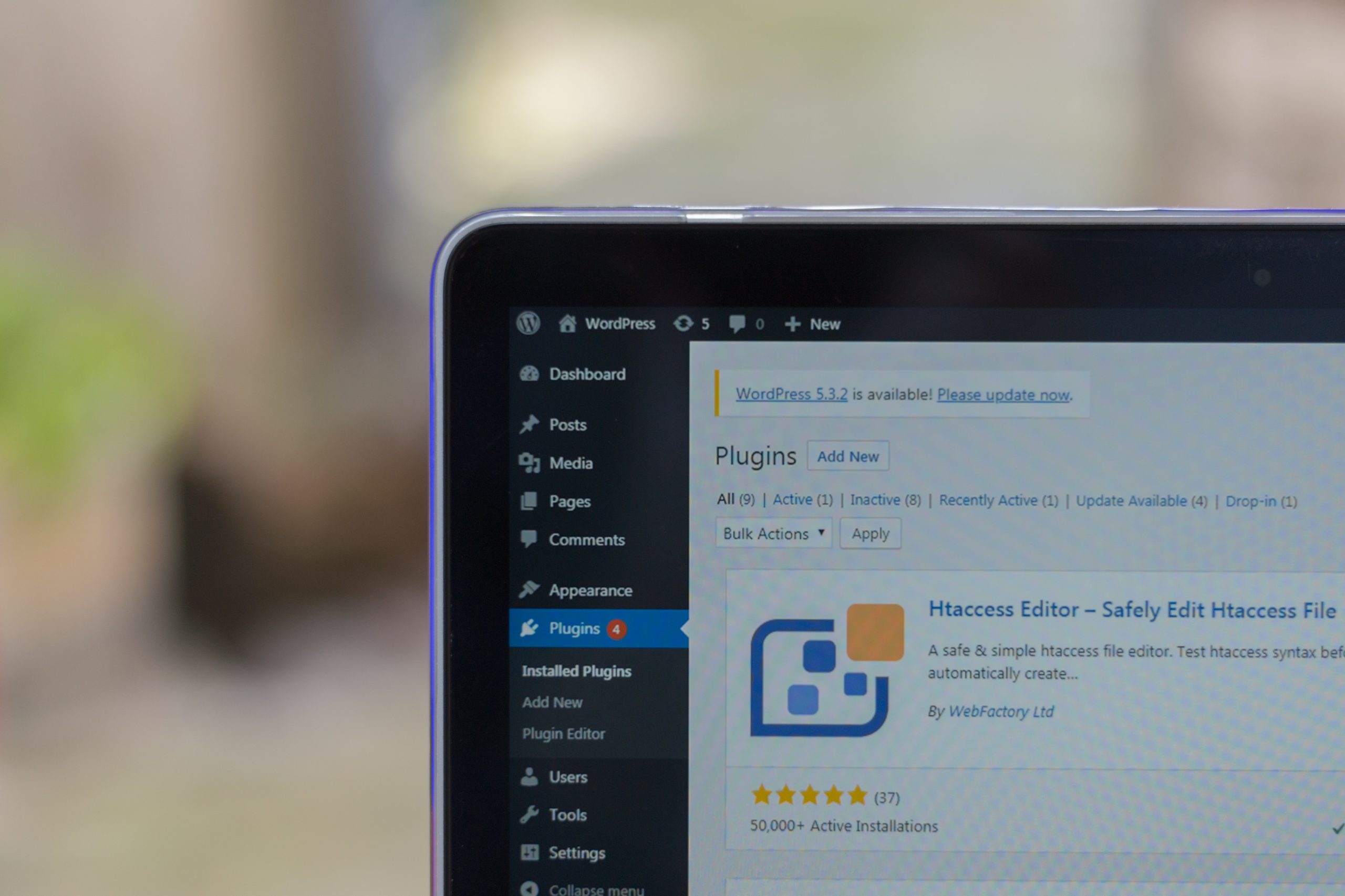Website maintenance is a crucial part of running any site, from small blogs to large e-commerce platforms. However, downtime can disrupt user experience, potentially leading to a loss in traffic and engagement. To maintain visitor interest while your site is under construction or undergoing updates, it’s essential to follow best practices for maintenance mode. Below are some key strategies to keep your visitors engaged during this time.
 1. Use an Engaging Maintenance Page
1. Use an Engaging Maintenance Page
The first step to keeping visitors on board is creating a well-designed maintenance page. A generic “Site is Under Construction” message may push users away. Instead, aim for something visually appealing with personalized messaging. Add branding elements like your logo, colors, and an attractive background to make the page feel more professional.
For example, if you run an online gaming site, you could add a playful theme with relevant visuals. Additionally, offering incentives such as bonuses or free spins during maintenance mode can keep visitors interested. This approach works particularly well in gaming industries, where users are often drawn in by attractive bonuses such as the Clovr’s latest no-deposit bonus offers available across popular casinos.
2. Include a Countdown Timer
One effective way to manage expectations during downtime is by including a countdown timer on your maintenance page. This gives users an exact timeline for when they can expect the site to be fully functional again. The sense of anticipation created by a countdown can help maintain their interest, especially if they know they won’t have to wait long.
This tactic works particularly well in industries that frequently interact with their audience, such as e-commerce or online casinos, where users are eager to return and explore new features or offers.
3. Add a Subscription Option
Offering visitors the ability to subscribe for updates is another effective way to engage them during downtime. A simple form on your maintenance page asking for their email ensures that they’re notified once the site is back online. Additionally, this approach provides you with a valuable opportunity to grow your mailing list.
Subscription forms also show users that you value their time and want them to be the first to know when the site is live. This is particularly useful for content-heavy sites or platforms that offer time-sensitive promotions, where users won’t want to miss out.
4. Provide Access to Social Media Channels
While your site is under maintenance, you can redirect users to your social media profiles. Including social links on your maintenance page ensures that visitors can stay updated with your latest news or promotions, even when the site is down.
For example, if you’re a business, letting visitors know about upcoming offers, new products, or updates through your Facebook, Twitter, or Instagram pages keeps them connected with your brand. In more interactive spaces like online gaming, keeping users informed about promotions can drive engagement even during downtimes.
5. Incorporate Interactive Elements
One of the more advanced strategies is to incorporate interactive elements into your maintenance page. This can include a chatbot to assist users or offer a sneak peek at what’s coming once your website is live. A chatbot can also gather visitor feedback or even provide answers to common questions in the meantime.
Interactive features can prevent users from feeling completely cut off, making them more likely to return once the site is fully operational.
6. Ensure SEO and Maintenance Mode Compatibility
Lastly, while your website is under maintenance, ensure that your site remains SEO-friendly. Use a plugin or tool that keeps your site’s SEO settings intact during downtime. This way, search engines know that your website is temporarily unavailable, and you won’t lose ranking positions. Avoid using generic messages that could negatively impact user engagement or SEO visibility.
 By following these best practices, you’ll ensure that your visitors remain engaged and informed during website maintenance, minimizing potential losses and ensuring a seamless user experience once your site is back online.
By following these best practices, you’ll ensure that your visitors remain engaged and informed during website maintenance, minimizing potential losses and ensuring a seamless user experience once your site is back online.



